Our contributor, Summer Stone of Cake Paper Party, is back today with a new baking science experiment….
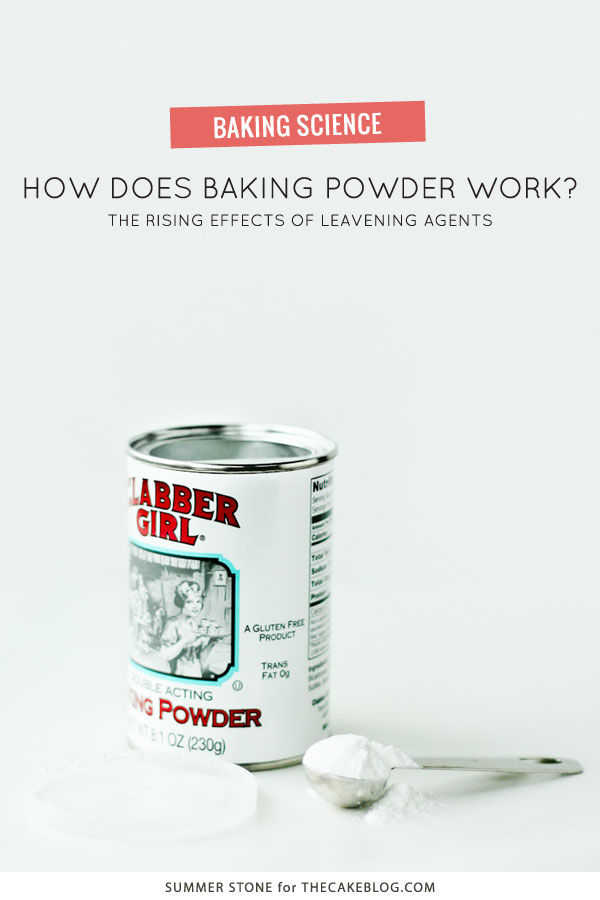
The difference between a dense pound cake and a fluffy butter cake is often a factor of leavening. While chemical agents such as baking powder or baking soda play an important role in the leavening process, mechanical mechanisms as well as the physical makeup of the batter also contribute to the final structure of the cake.
So what exactly is leavening? Leavening is defined as a rising agent, a substance that is used to make a dough (or batter) rise. In a cake, the following physical, mechanical or chemical mechanisms lead to enlightenment:
- Physical leavening capitalizes on the ingredients in a batter. Liquids from dairy, eggs and other ingredients contribute a great deal to cake expansion in the presence of heat. When water vaporizes into steam it expands to 1,600 times the volume of its liquid form. This pushes the cake upward into a fluffier form.
- Mechanical leavening occurs during the creaming, stirring, beating or folding processes; it is not only necessary to work air into the batter but the air cells must also be modified to a size that will yield the best crumb. Mechanical leavening is critical in a cake batter. While steam and chemical leavening agents serve to expand air cells, they cannot create them. Therefore, all the rise of a cake must begin in a “seeded” air pocket.
- Chemical leavening in cake involves the reaction of an acid and a base in the presence of water that result in the release of carbon dioxide gas. The base or alkaline agent is typically baking soda. The acid can come from ingredients in the batter or another chemical. In baking powder, a balance of baking soda and acids self-generate a leavening reaction. A combination of acids, which react either immediately during the mixing process or are activated by the heat of the oven, allow for maximization of cake expansion. Varying the type and amount of chemical leavening agent can have significant effects on the final product.
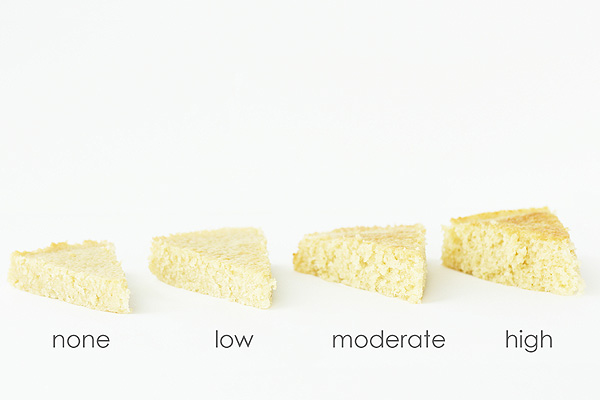
To illustrate the effects of varying amounts of chemical leavening, I baked four cakes with varying measures of baking powder in a neutral cake batter. In a recipe that would yield a three-layer, 8-inch diameter cake I added either no baking powder, 1 teaspoon, 3 teaspoons or 6 teaspoons baking powder.
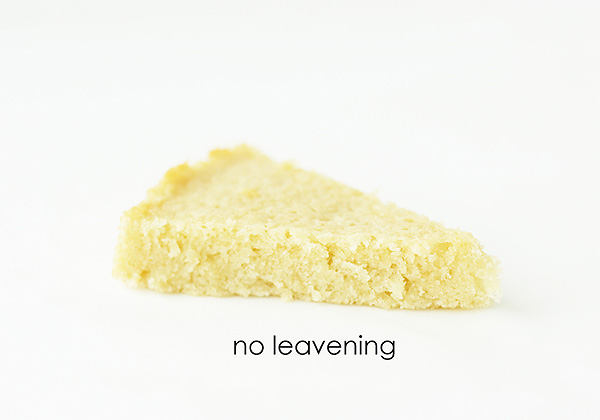
The cake with no baking powder was short and dense with a tight crumb.
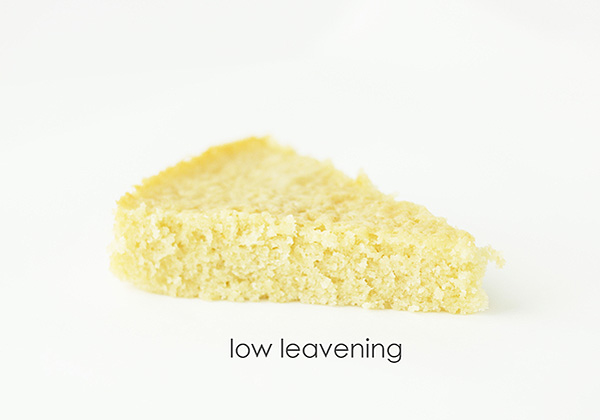
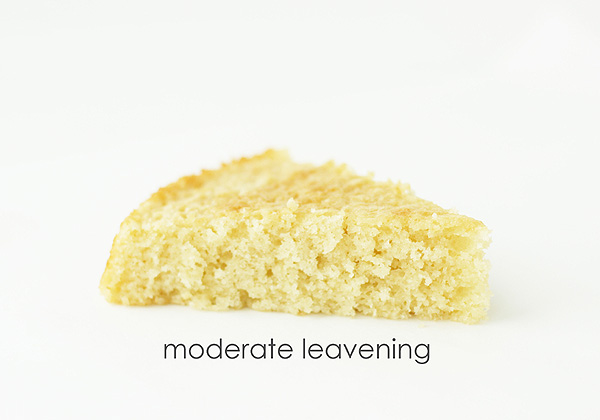
The cakes with 1 or 3 teaspoons of baking powder were varied degrees of lighter in texture, but still maintained reasonable crumb strength.

The 6 teaspoon baking powder cake was very light but the large air cell size resulted in a weak, over-expanded structure that did not cut cleanly or hold together well. The alternate effect of over leavening a cake is excess rise during baking leading to poor infrastructure and eventual collapse to a sunken state.

Mixing, formulation and leavening additives all contribute to the rise of a cake. By varying mixing methods, recipe constituents and type and volume of leaveners you can modify the degree of density or fluffiness in your cake. I hope you can try some variations in your own recipes in order to produce your own optimal result.
Happy baking!
Now read my article, Mixing Up The Perfect Cake.
See exactly how long to mix butter and sugar together!
Next see If Sifting Makes a Better Cake.
I think you’ll be surprised by my results!
And don’t miss my article, The Meringue Buttercream Myth!
It’s a unique new way to make Swiss Meringue Butterceam.
Now check out the Reverse Creaming Method
and see what it can do for your cake recipes!
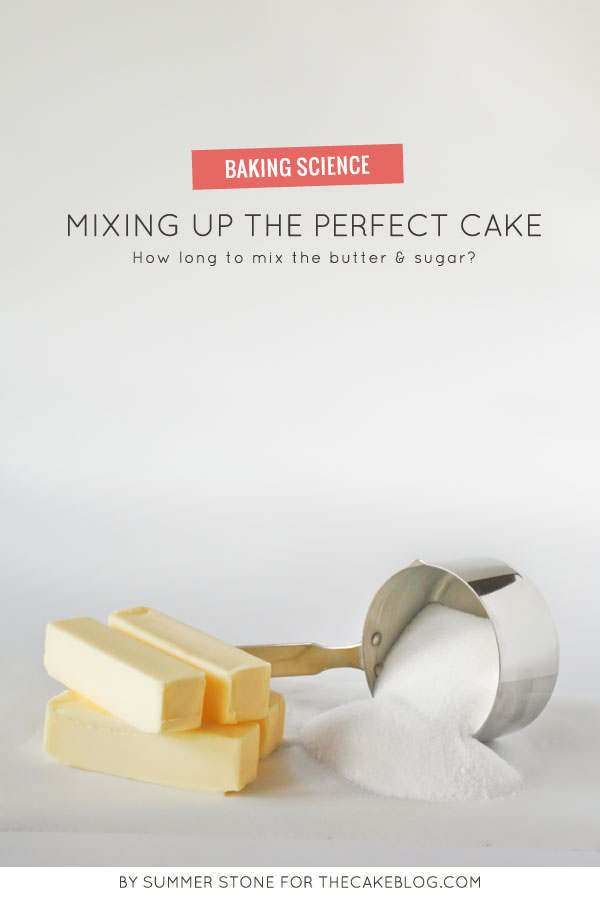
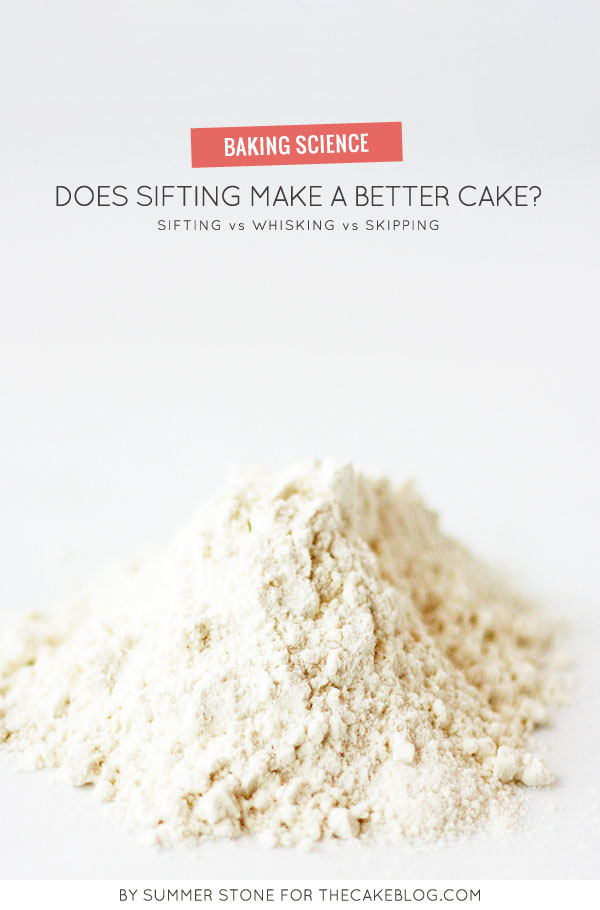
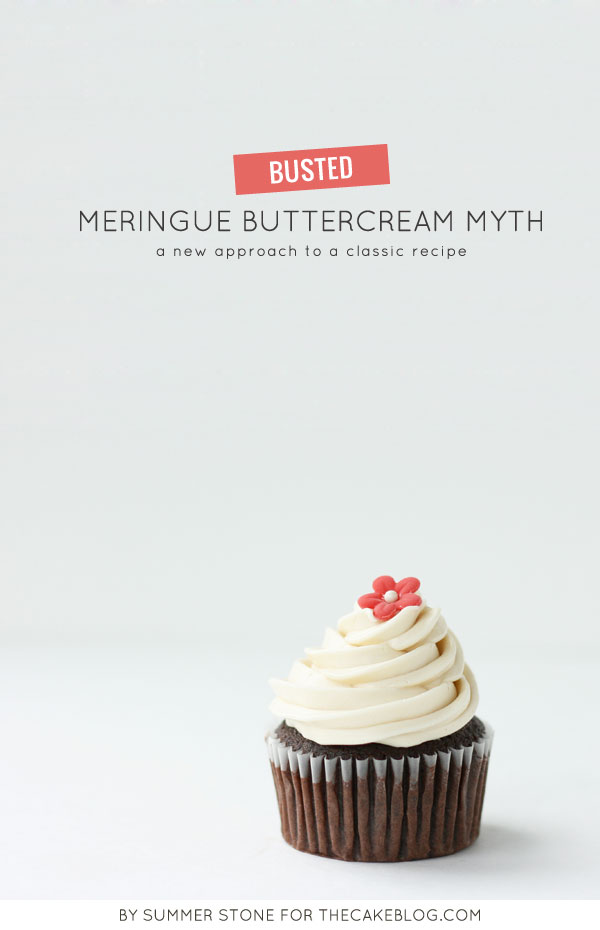
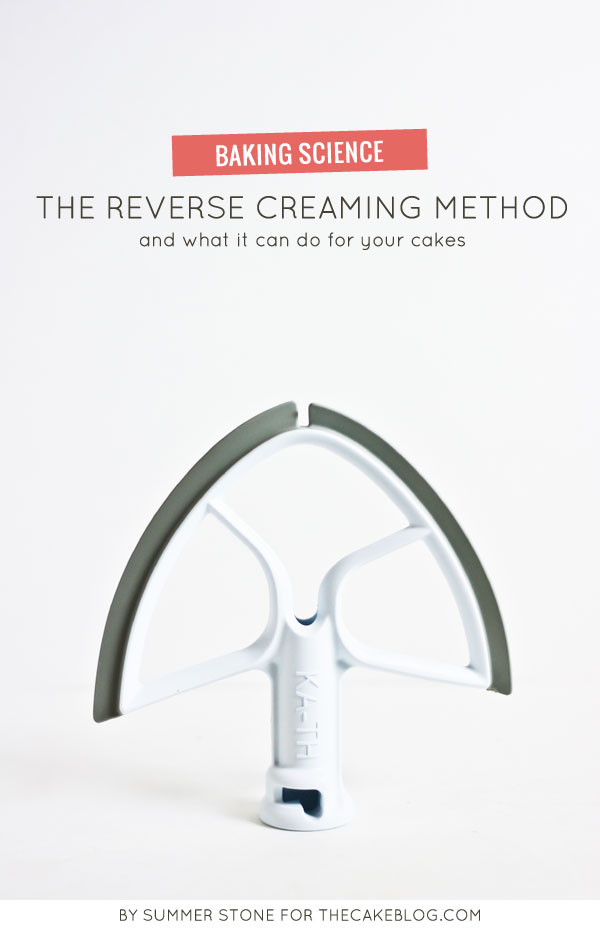
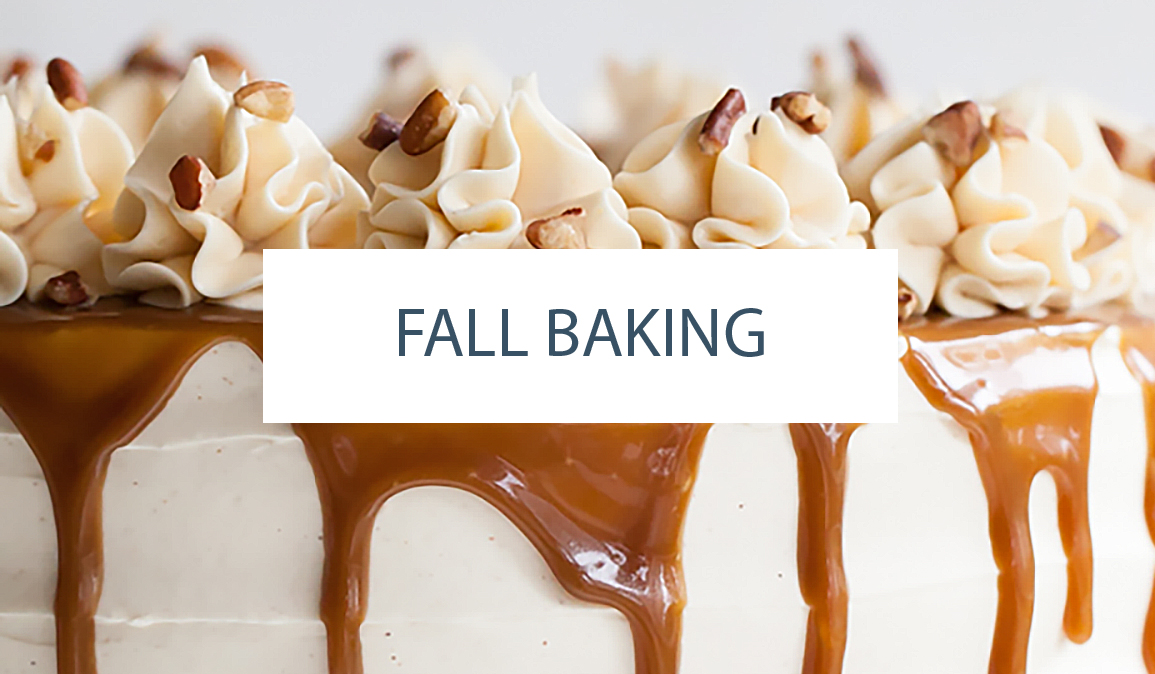

This is a very interesting article about baking powder. I’m also investigating the quantity of leavening agents and what is the right mix for cakes and quick breads. This could be a mix between baking powder and baking soda. I did read on the King Arthur site that one could bake entirely without baking soda and only use baking powder. However, there might be a slightly different taste if you have an acid in the mix like buttermilk. They also explain how much leavening agent to add per cup of flour and additional ingredients. Compared to many of the recipes I use, it seems I might not be adding enough leavening agent! Very interesting!
For your experiment what did the actual recipe call for? 6 teaspoons does seem excessive! I would be interested to know how much more you added compared to the recipe itself. You would think that the recipe had a good balance and you were adding more with varying results.
What’s the difference between a pancake with baking powder and a cake with baking powder?
http://www.science-sparks.com/wp-content/uploads/2012/02/egg-white-baking-powder-1024×685.jpg
How come the cake is crumbly but the pancake holds its shape and becomes fluffy?